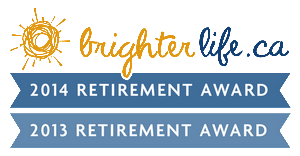Life expectancy has mushroomed around the globe in recent decades, primarily because of advances in medicine, public health, and living conditions. Factors such as improved access to clean water, vaccination programs, and better nutrition have all contributed to this trend. Medical advancements in areas such as cancer treatment and heart disease have also played a significant role. However, it should also be noted that life expectancy can vary between countries and regions and that access to healthcare and other resources can have a major impact on life expectancy.
For example, in September 2018, the Office for National Statistics confirmed that, in the UK, at least, life expectancy has stopped increasing. Beyond the UK, these gains are slowing worldwide.
In recent years, life expectancy in the UK and other countries has plateaued or even decreased sometimes. There are a variety of factors that may contribute to this trend, such as increasing rates of obesity and diabetes, as well as the opioid epidemic in some countries. In the UK specifically, the National Health Service (NHS) has been under significant strain due to budget constraints and an aging population, which may impact overall health outcomes.
While the overall trend may have slowed, the improvements in life expectancy have been significant over the past century and have led to a vastly improved quality of life for many people around the world.
Also, it’s important to note that life expectancy is a wide variety of factors, including genetics, lifestyle choices, and access to healthcare that can influence complex metrics that influence life expectancy. It’s possible that the plateauing or decreasing of life expectancy in certain areas may result from a combination of these factors.
Life expectancy and lifespan are related but distinct concepts. Life expectancy refers to the average number of years that a person born in a particular place and time can expect to live, based on current mortality rates. It is a statistical measure that considers the mortality rates of a population and does not account for individual variations in genetics or lifestyle.
